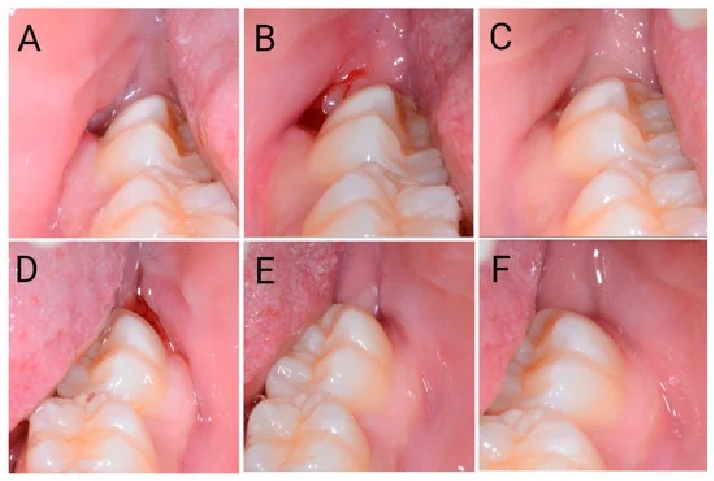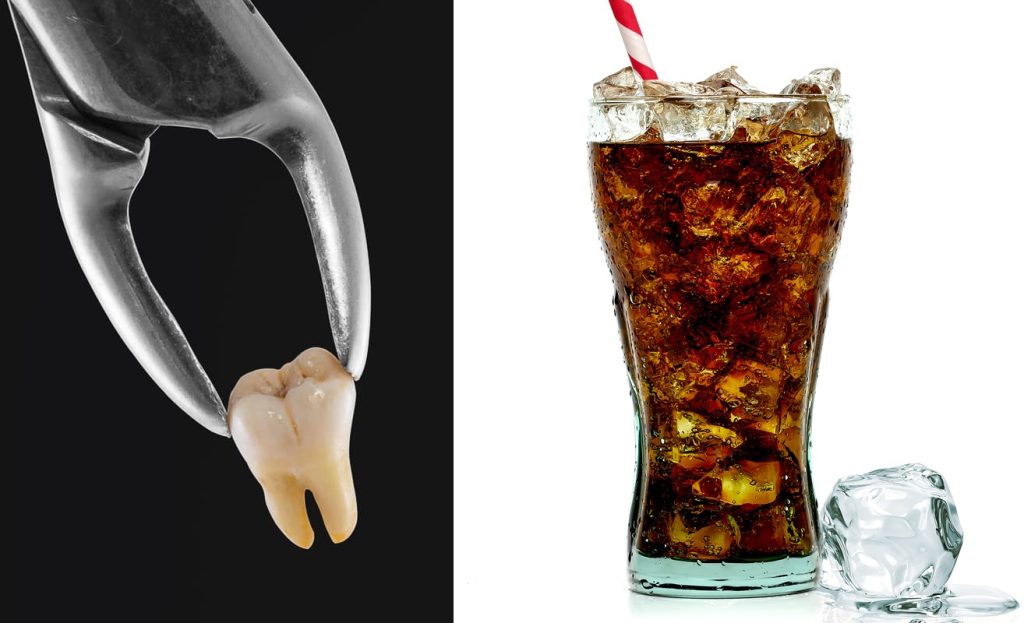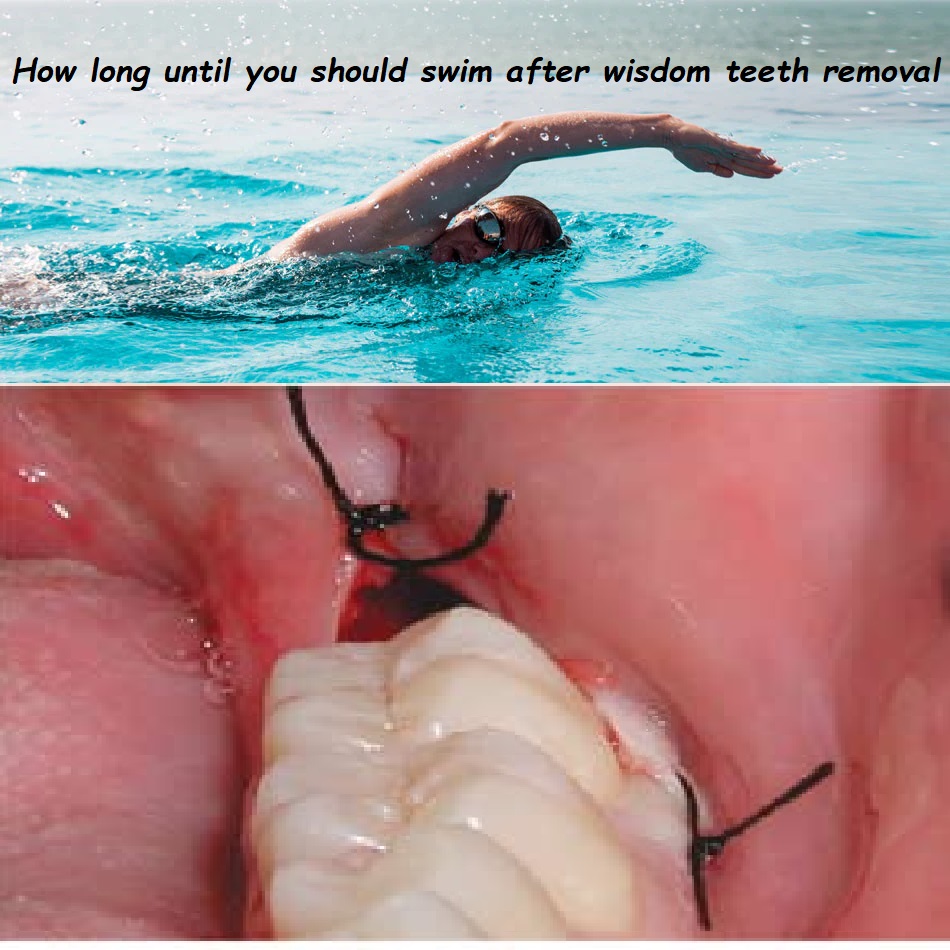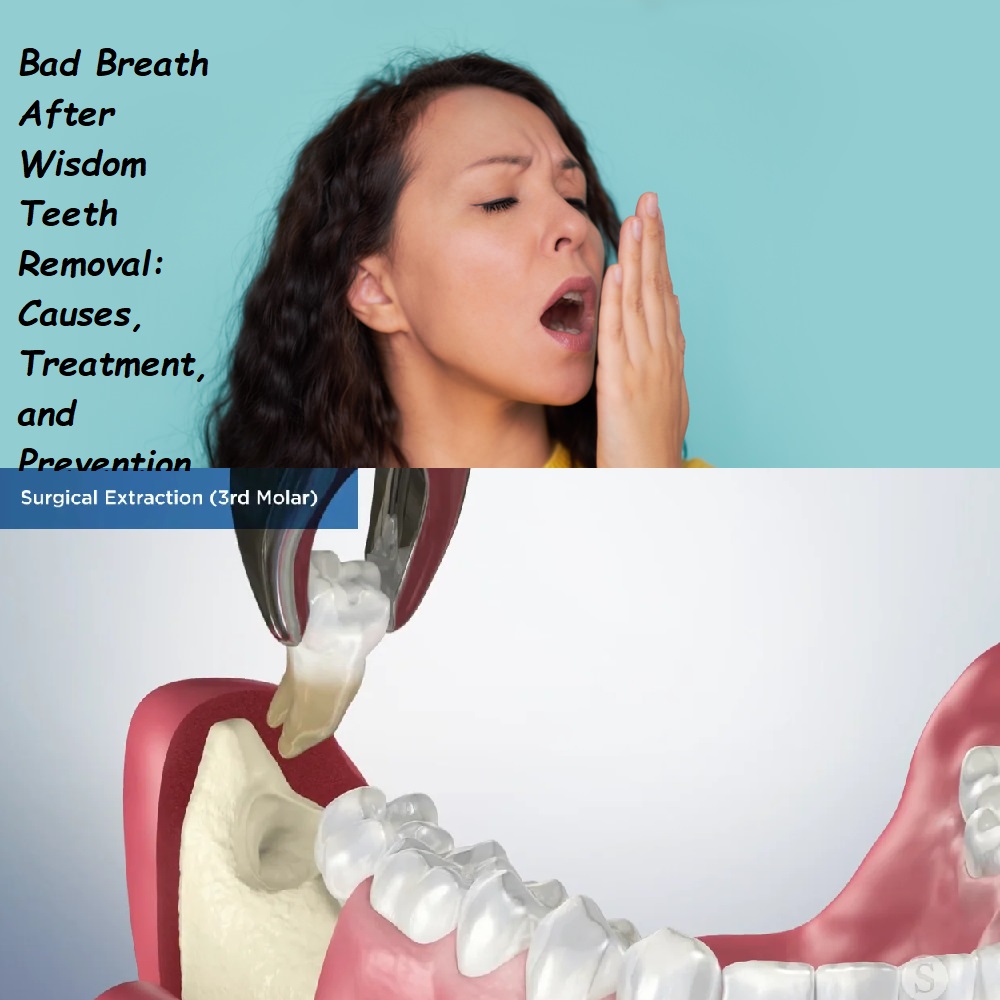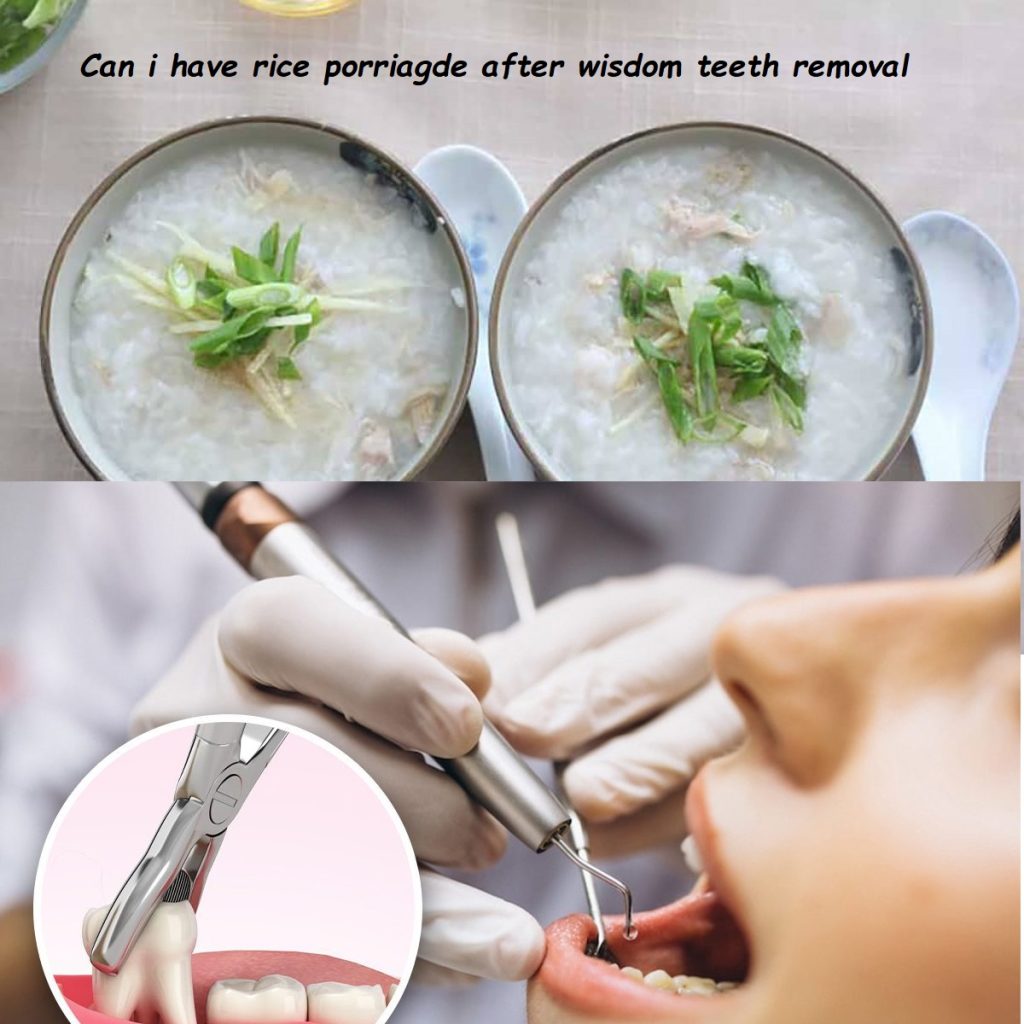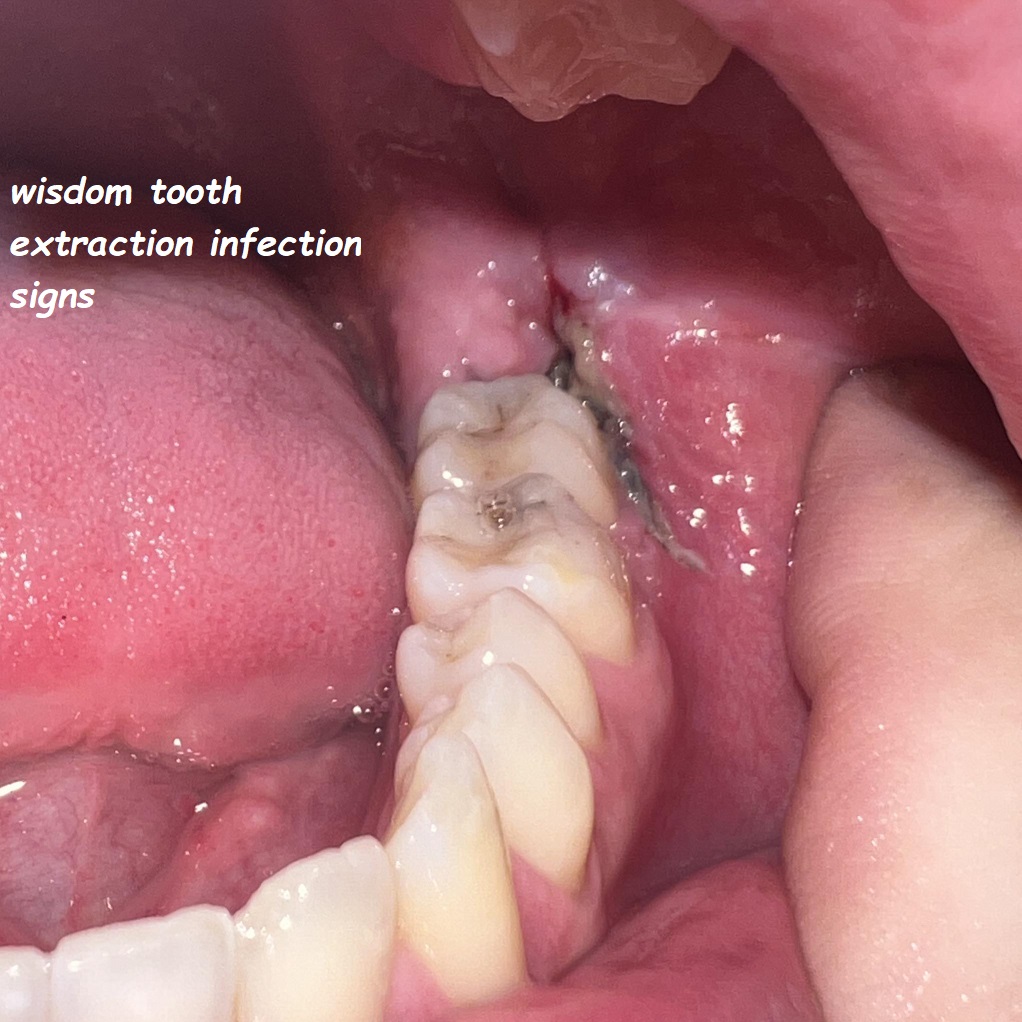Infected Gum After Wisdom Tooth Removal: Symptoms, Causes, and Treatment
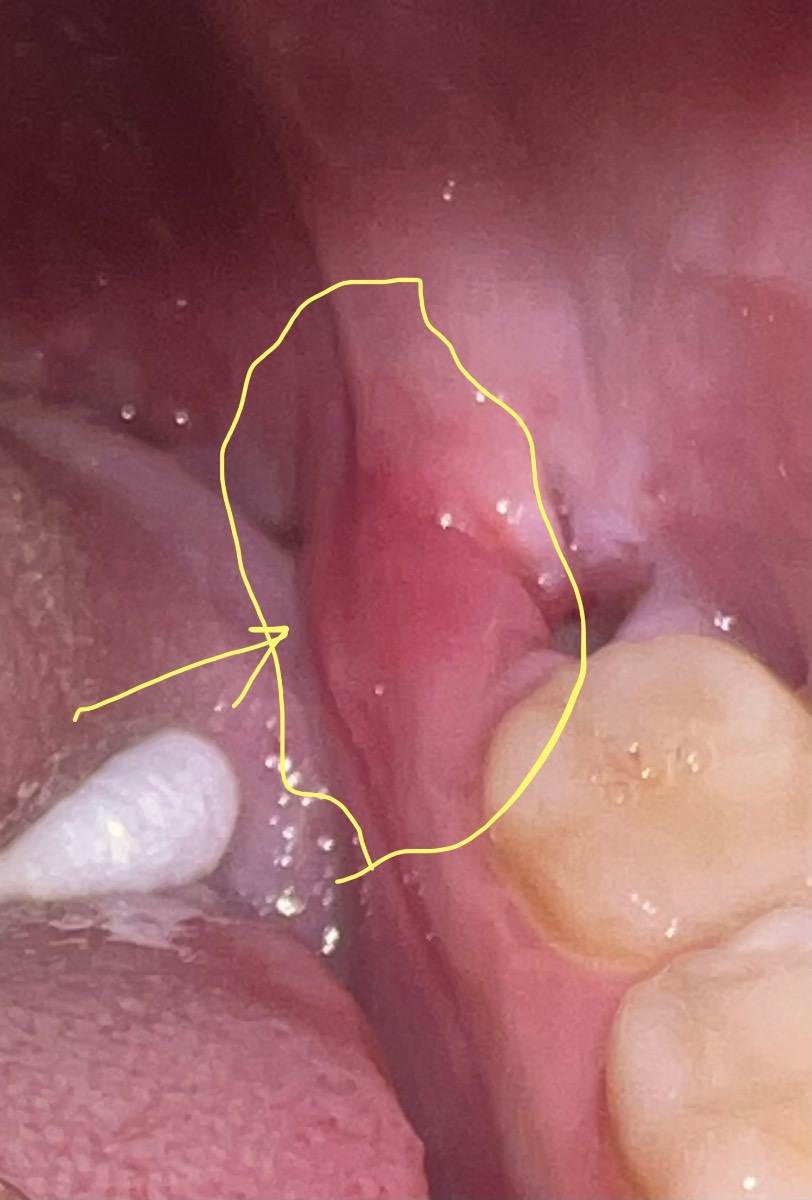
Wisdom tooth removal is a common dental procedure, but like any surgery, it carries risks, one of the most concerning being an infected gum after wisdom tooth removal. The healing process after this procedure varies from person to person, but recognizing the signs of infection early is crucial to ensure proper recovery and avoid complications. In this guide, we’ll dive into the symptoms, causes, treatments, and preventive measures for gum infection after wisdom teeth removal, including addressing common concerns like bad taste in the mouth after wisdom teeth removal, and what an infected extraction site looks like.
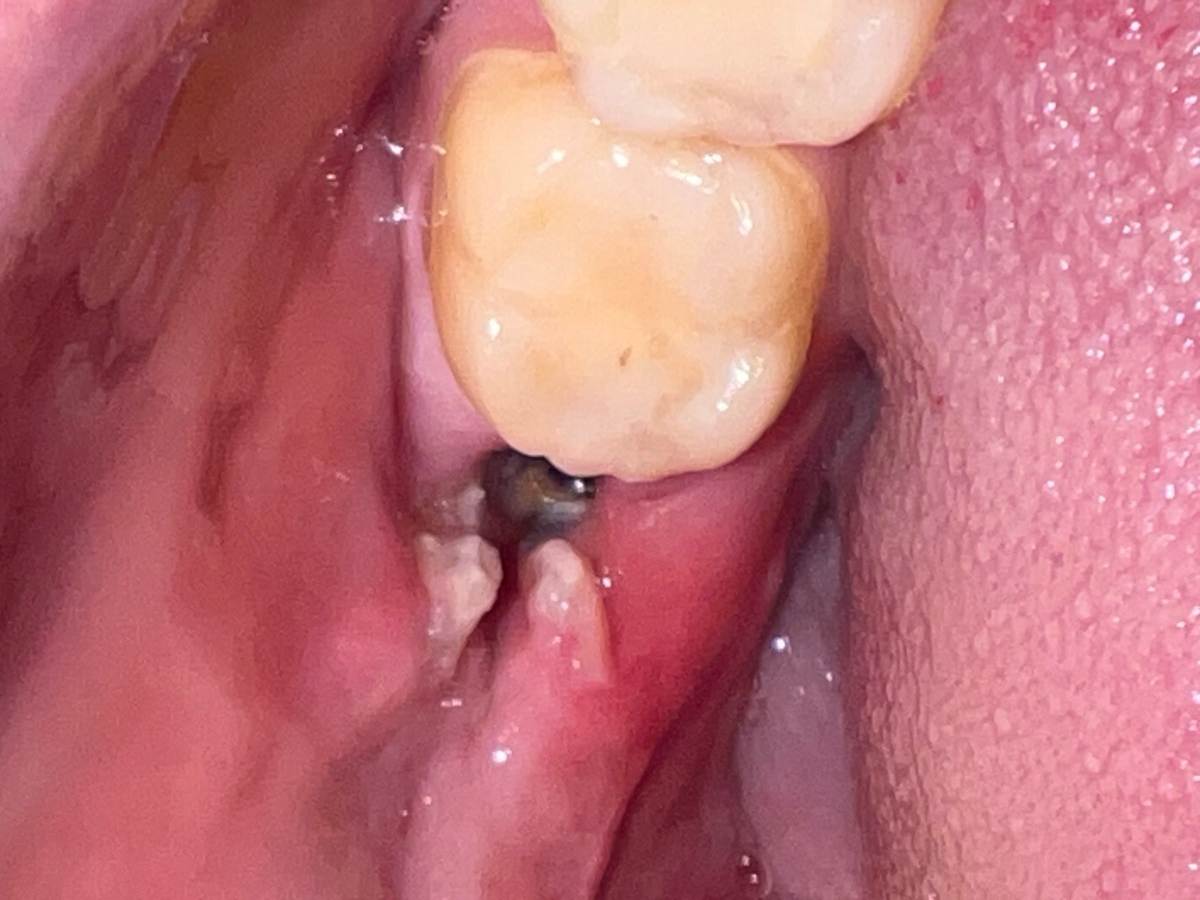
Symptoms of Gum Infection After Wisdom Tooth Removal
An infection can occur at the extraction site, and it’s important to be aware of the signs so that you can seek treatment promptly. Some of the most common symptoms include:
- Redness and Swelling: While some swelling is normal after surgery, persistent or worsening redness and swelling around the extraction site could indicate an infection.
- Foul Odor or Bad Taste in Mouth After Wisdom Teeth Removal: Experiencing a persistent bad taste in your mouth, especially 7 days after wisdom teeth removal, can be an indicator of infection. A weird taste in the mouth after wisdom tooth extraction might signal trapped food particles or bacteria.
- Pus or Discharge: If you notice yellow or white discharge at the extraction site, this is a clear sign of infection.
- Fever or General Malaise: A rise in body temperature or feeling unwell can indicate your body is fighting an infection.
- Persistent or Increasing Pain: It’s normal to feel some discomfort post-surgery, but if the pain worsens or does not improve after a few days, it might signal infection.
- Difficulty Opening Your Mouth: If you find it difficult to open your mouth (a condition called trismus), this could be a sign of infection spreading to surrounding tissues.
- Visible Changes at the Extraction Site: Curious about what an infected wisdom tooth extraction looks like? You may notice the gum looks raw or unusually inflamed, and there could be visible signs of pus.

Causes of Gum Infection After Wisdom Teeth Removal
Understanding the root causes of infection can help prevent complications:
- Improper Oral Hygiene: Not keeping the extraction site clean can allow bacteria to thrive, leading to infection.
- Food Debris Lodging in the Extraction Site: One of the common reasons for a bad taste in the mouth after wisdom teeth removal is food debris trapped in the extraction socket. This can easily lead to infection if not properly cleaned.
- Dry Socket: Although dry socket is not technically an infection, it can lead to one if left untreated. It occurs when the blood clot protecting the nerve endings is dislodged or doesn’t form correctly, leading to severe pain and exposure to bacteria.
- Underlying Medical Conditions: Conditions like diabetes or autoimmune disorders can slow healing and increase the risk of infection.
- Smoking or Alcohol: Smoking and consuming alcohol after surgery can delay healing and increase the likelihood of developing an infection.
- Use of Straws or Spitting: Using a straw or forcefully spitting can disturb the healing clot, causing a dry socket or opening the site to bacterial infection.
Treatment Options for Infected Gums After Wisdom Tooth Removal
If you suspect you have an infection, it’s essential to seek dental or medical attention immediately. Here are some treatment options:
- Antibiotics: The most common treatment for an infected gum after wisdom tooth removal is a course of antibiotics to eliminate the bacteria.
- Saltwater Rinses: Rinsing your mouth with warm salt water can help soothe the area and reduce bacteria.
- Cleaning the Extraction Site: In some cases, your dentist may need to clean the socket to remove debris or food particles that could be causing the infection.
- Pain Management: Over-the-counter pain relievers, such as ibuprofen, can help reduce swelling and discomfort.
- Hydration and Rest: Drinking plenty of water and allowing your body to rest aids in quicker recovery.
Preventing Infections After Wisdom Teeth Removal
Prevention is key. Here are tips to ensure a smooth recovery:
- Maintain Good Oral Hygiene: Gently brush your teeth and use antiseptic mouthwash to keep the area clean, but avoid vigorous rinsing in the first 24 hours.
- Follow Your Dentist’s Instructions: Your dentist will provide post-operative care instructions. Follow them closely, particularly when it comes to diet and cleaning the site.
- Avoid Smoking and Alcohol: Smoking can slow the healing process and increase the risk of infection. Avoid smoking or drinking alcohol for at least 72 hours after surgery.
- Stick to Soft Foods: Eating hard, crunchy, or sticky foods can irritate the healing site. Stick to soft, bland foods like yogurt, soup, and smoothies.

Frequently Asked Questions
1. Why Do I Have a Bad Taste in My Mouth After Wisdom Teeth Removal?
A bad taste in your mouth after wisdom teeth removal is often due to food particles or debris getting trapped in the socket. If it persists, it could indicate an infection.
2. What Does an Infected Wisdom Tooth Extraction Look Like?
An infected extraction site may appear red, swollen, or have visible pus. The area might look raw, and there could be a bad smell or taste coming from the infection.
3. Is It Normal to Have a Weird Taste in My Mouth After Wisdom Tooth Removal?
Yes, it can be normal to have a weird taste in your mouth due to the healing process. However, if the taste persists for more than a few days, or if there’s a foul odor, it could indicate an infection.
4. Why Do I Have a Bad Taste in My Mouth 7 Days After Wisdom Teeth Removal?
If you’re still experiencing a bad taste in your mouth 7 days after wisdom teeth removal, it could be due to infection or debris caught in the extraction site. Consult your dentist if this occurs.
When to Contact Your Dentist
If you experience any of the symptoms of infection, such as swelling, redness, pus, fever, or a persistent bad taste in your mouth after wisdom teeth removal but no pain, contact your dentist as soon as possible. Early treatment can prevent complications and speed up recovery.
Conclusion
Gum infection after wisdom tooth removal is a serious issue that should not be overlooked. Recognizing the symptoms, understanding the causes, and following proper treatment protocols can help you recover smoothly. By maintaining good oral hygiene, following your dentist’s instructions, and watching out for signs of infection, you can ensure that your wisdom tooth extraction heals without complications.
If you have any concerns, from a bad taste in your mouth after wisdom tooth extraction but no pain to wondering what an infected wisdom tooth extraction looks like, it’s always better to consult your dentist for advice.
Related Content:
- Common Tooth Extraction Complications
- How to Prevent Infections After Dental Surgery
- Guide to Wisdom Teeth Recovery
Sources:

